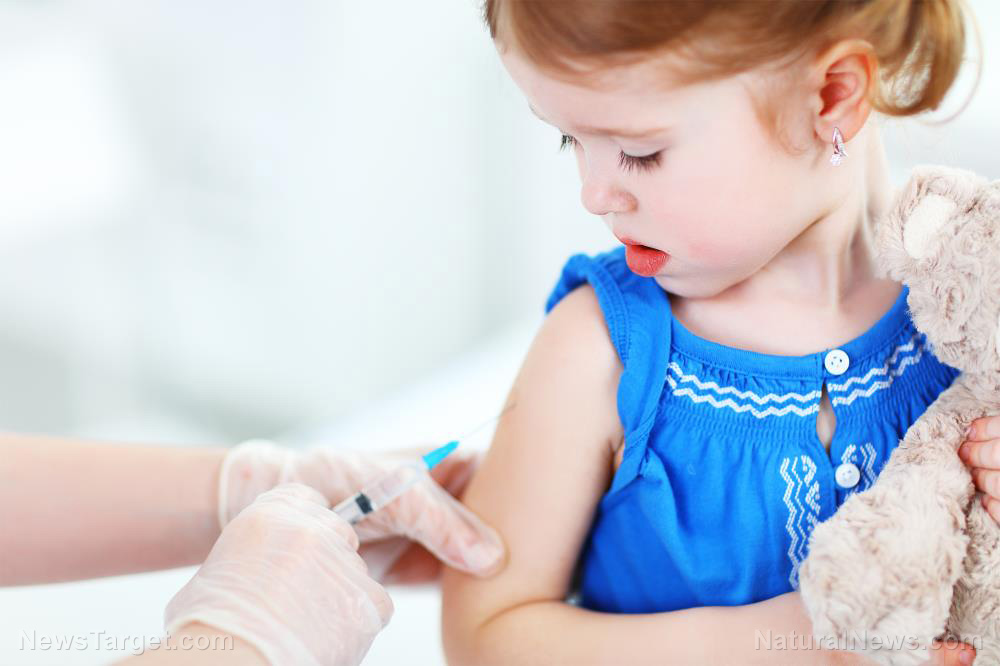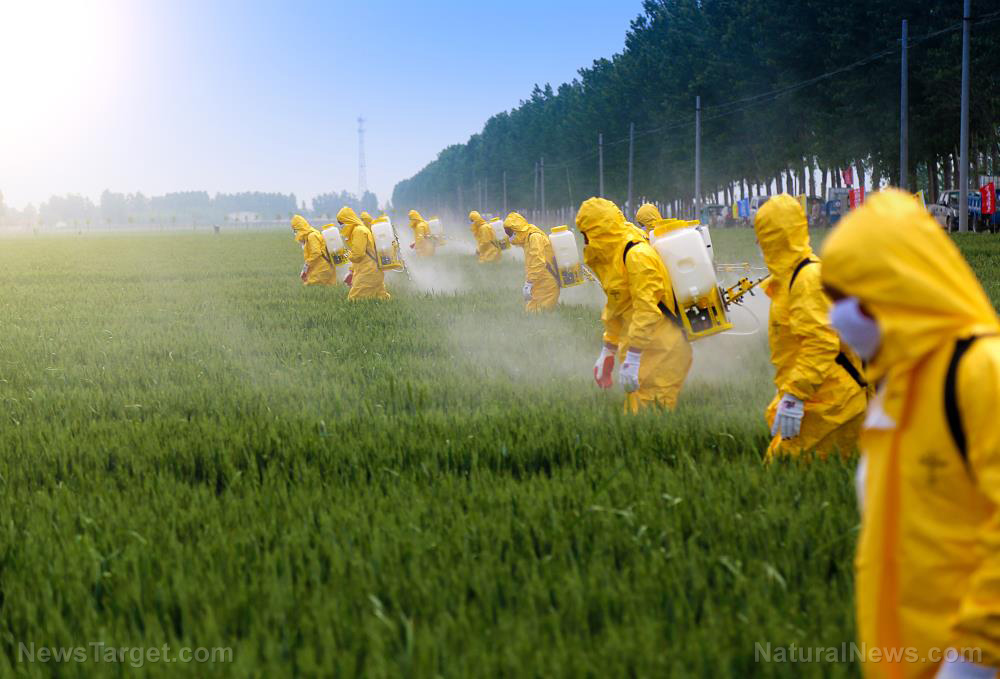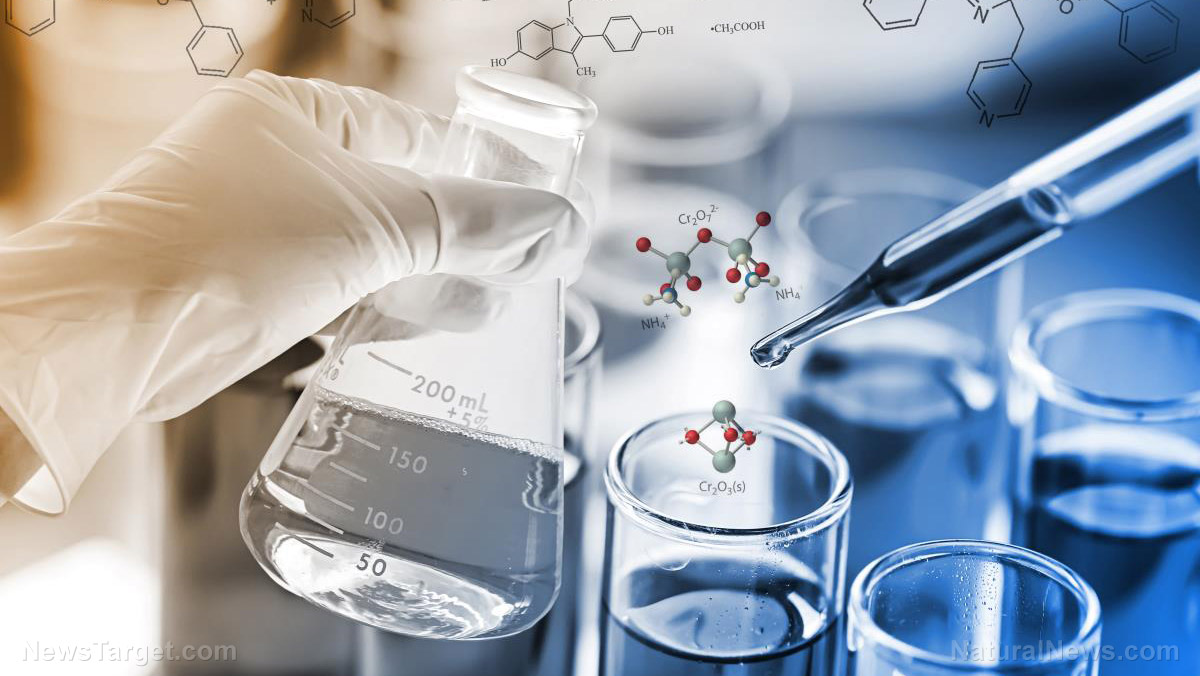Post-menopausal women with normal BMI but high body fat levels found to have increased cancer risk
06/07/2018 / By Michelle Simmons

A new study presented to the American Association for Cancer Research has found that postmenopausal women with normal body mass index (BMI) but have higher levels of body fat have increased risk of breast cancer.
- The researchers of the study evaluated the health data of 3,460 postmenopausal women who were between 50 and 79 years old with a normal BMI, baseline dual-energy x-ray absorptiometry (DXA) measurements, and no history of breast cancer.
- The data was gathered from the an observational study called the Women’s Health Initiative (WHI).
- In the median 16 years of follow-up, the participants were examined for the development of invasive breast cancer. In addition, cancer cases were assessed for estrogen receptor (ER) positivity.
- Results showed that of all the participants, 182 of them developed invasive breast cancer follow-up, and 146 of these cases were ER-positive.
- Moreover, women with higher body fat mass were about two times more at risk for ER-positive breast cancer compared to women with lower body fat levels.
- Researchers also observed that regardless of having a normal BMI, there was a 35 percent increased risk of ER-positive breast cancer for every five kilograms (kg) increase in whole body fat.
- In addition, women with higher amounts of body fat had lower physical activity levels, which indicates that physical activity may be essential even for those who are not obese or overweight.
- This was a presentation recently presented at the American Association for Cancer Research Special Conference Obesity and Cancer: Mechanisms Underlying Etiology and Outcomes held on Jan. 27 to 30. The case has not been published yet.
Overall, the findings of the study indicate that postmenopausal women with normal BMI, but have high levels of body fat are more at risk of developing breast cancer.
Journal Reference:
American Association for Cancer Research. “HIGH BODY FAT LEVELS ASSOCIATED WITH INCREASED BREAST CANCER RISK IN WOMEN WITH NORMAL BMI.” ScienceDaily. ScienceDaily, 26 January 2018. <www.sciencedaily.com/releases/2018/01/180126085442.htm>.
Tagged Under: BMI, body fat, breast cancer, cancer, postmenopausal women, weight, women's health




















